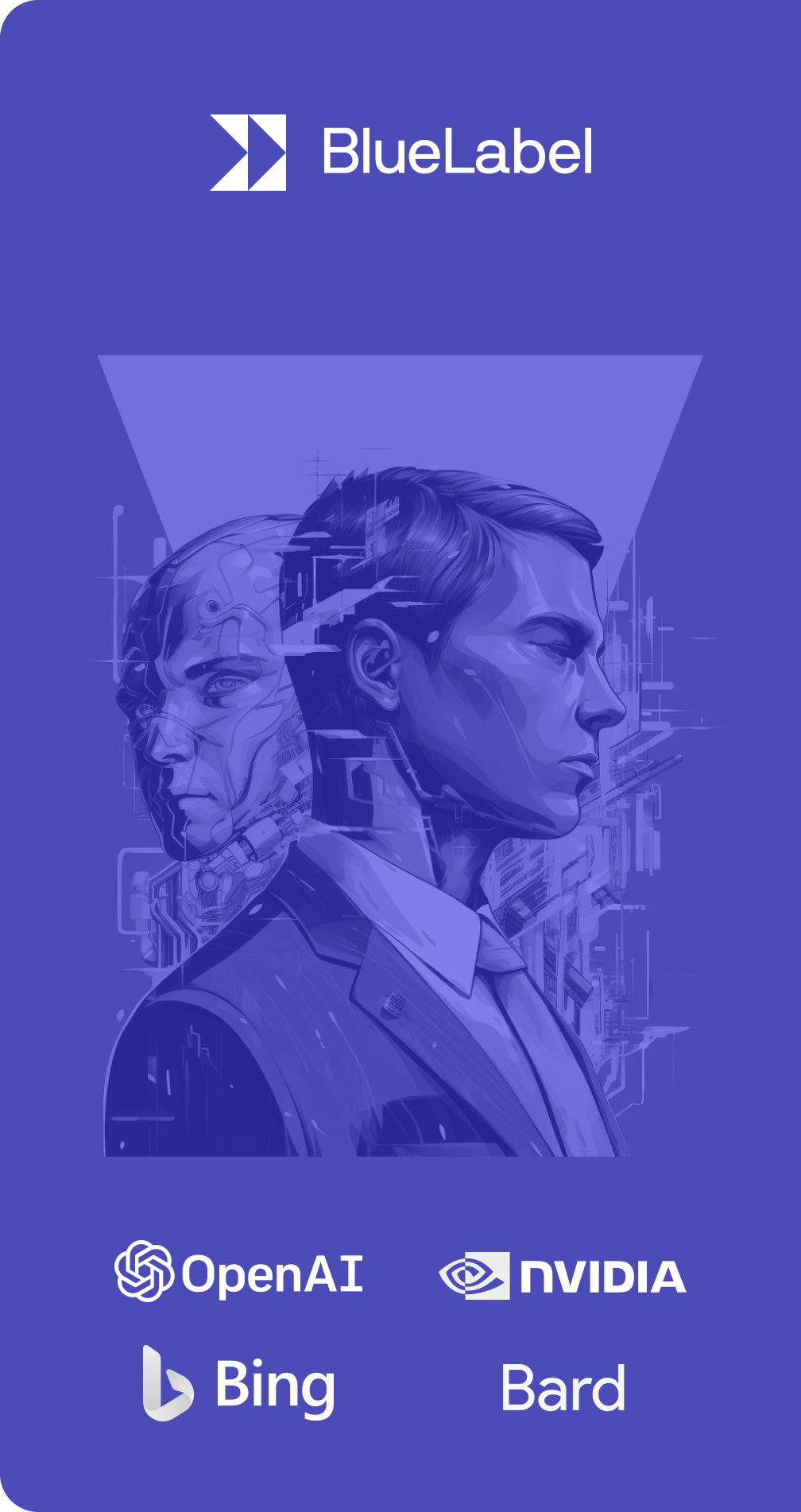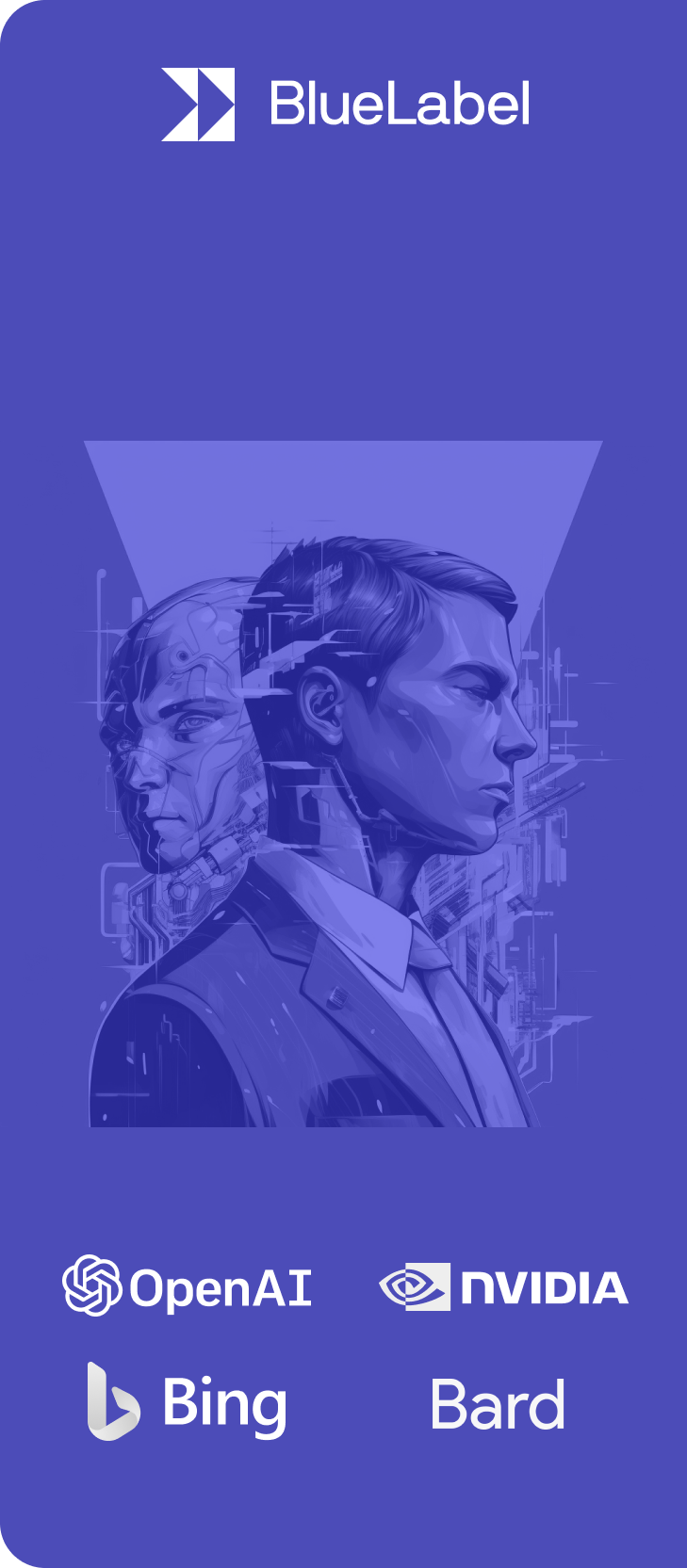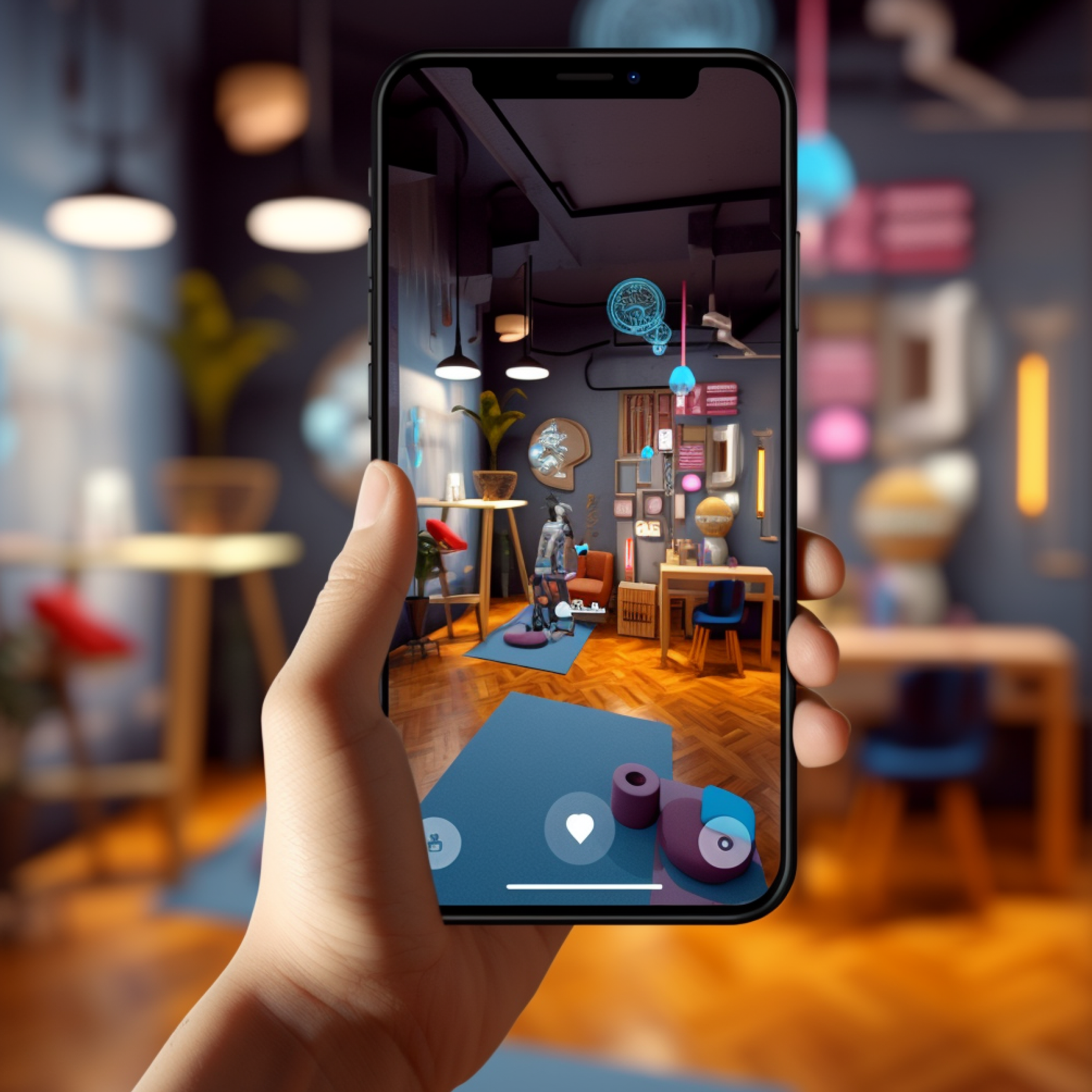Why Remote Design Sprints Are Awesome
When thinking about a Design Sprint, we often picture a room with colorful sticky-note-covered walls housing a cross-functional team with Sharpies & coffees in hand, collaborating & problem solving together across a paper strewn boardroom table for 5 days straight.
But as a matter of pragmatism, that original vision of Design Sprints, originally outlined in Jake Knapp’s Sprint book, has since evolved, since back in 2016 he was very clear about how co-location was an integral part of the process.
But now, with remote offices and globally distributed teams soaring in popularity, getting together in one physical location is expensive and less and less feasible.
With the younger American work force helping eliminate the traditional face-time required by brick & mortar employers, we are also seeing an emergence in powerful digital cloud-based tools that make the reality of remote work possible & effective.
This article explains the benefits we’ve discovered conducting Remote Design Sprints & the tools we use to deliver them.
Here are 3 cool things about Remote Design Sprints:
Though at Blue Label Labs we conduct in-person Design Sprints for clients across the US and around the globe (and love having the opportunity to get to know our clients personally over lunches and mid-Sprint dinners), the stars are not always aligned for a co-located Design Sprint at the time it is really needed.
We have seen that Remote Design Sprints provide the same outcomes of in-person Sprints and in addition offer some interesting benefits.
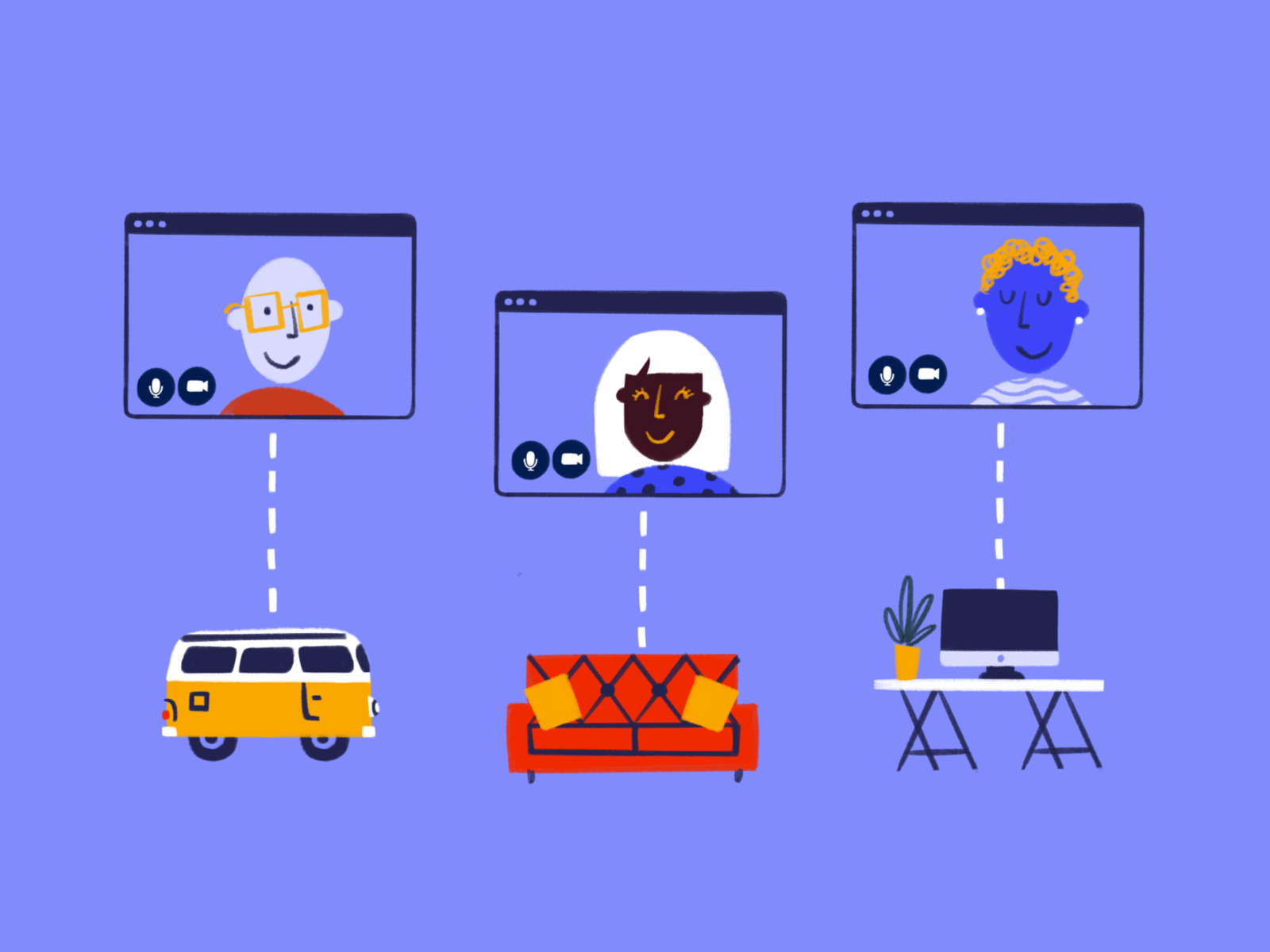
1)They are more flexible for participants
- Eliminates the need for everyone to travel to one location
- Frees up pre-and-post Sprint day hours by eliminating commutes (important for parents!)
- Allows participants who are differently-abled without mobility to easily attend
- Increases diversity by broadening the pool of participants from local to global
2)They’re cheaper to conduct
- Eliminates travel, hotel, & food expenses
- Eliminates the cost of physical supplies
- Eliminates the need to rent/secure a boardroom for a week
- Eliminates the need to spend tons of hours post-Sprint transferring paper based work to digital files
3)They are documented in real-time
- Everything can be recorded
- Digital notes & sticky notes are permanently accessible
- The path to Sprint outcomes & decisions are easily shared with non-participants post-Sprint
If you’ve been wanting to be a part of a Design Sprint but have been hesitant because the logistics seemed un-doable, we hope this helps make the case for your participation in one.
The long-term outcomes of an effective Design Sprint is irreplaceable.
Once you’ve done one Design Sprint, the outcomes are so valuable in such a short time (5 days!), we think you’ll be grateful you opted to make one happen.
Tools we use to run Remote Design Sprints:
We are in no way being paid to write this, we simply appreciate the excellence of the following products and want to help others find the best tools too!
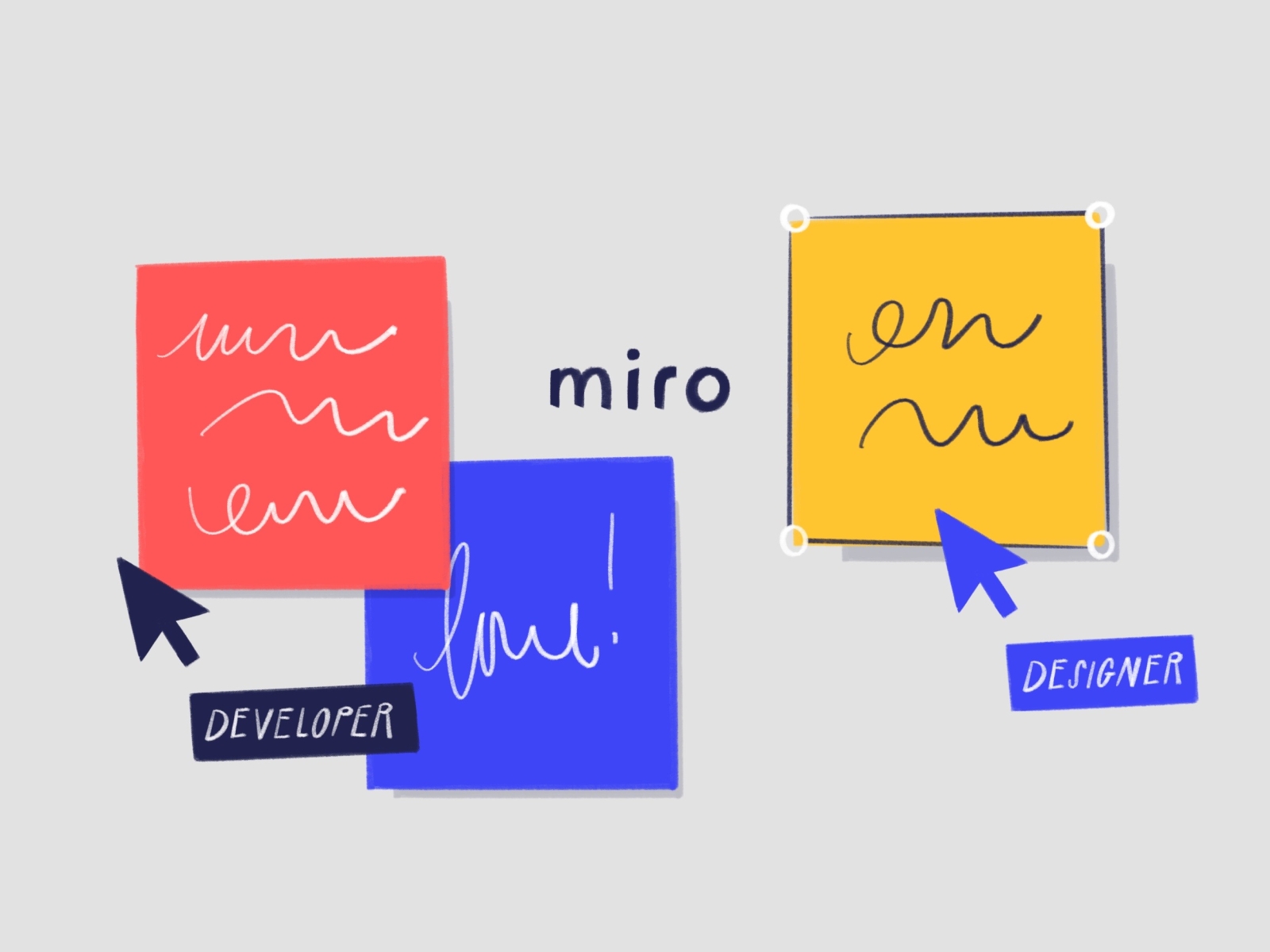
MIRO
What is it?
Miro is an online whiteboard & cloud-based collaboration tool that enables real-time communication around a shared workspace that can be accessed on any device.
Why Miro?
It’s perfect for distributed teams
Miro (formally RealtimeBoard) has been an essential part of our day-to-day workflow at Blue Label Labs. Any time we would use a whiteboard as a co-located team, we turn to Miro.
As our agency consists of a distributed team (with both remote and co-located staff in New York, San Francisco, and Seattle) we have leveraged the cloud-based collaboration tool for everything from Product Planning and Discovery to Agile Product Management/Dev communication.
The UX is amazing
Not only is it extremely fast and lightweight, it’s UX is top notch. For us product people with little patience for poor interfaces, this is a critical differentiator!
That said, when running a Remote Design Sprint, the last thing anyone needs is to be frustrated by the UX of the central tool being used. This allows us to put all of our energy into the Sprint exercises and problem solving.
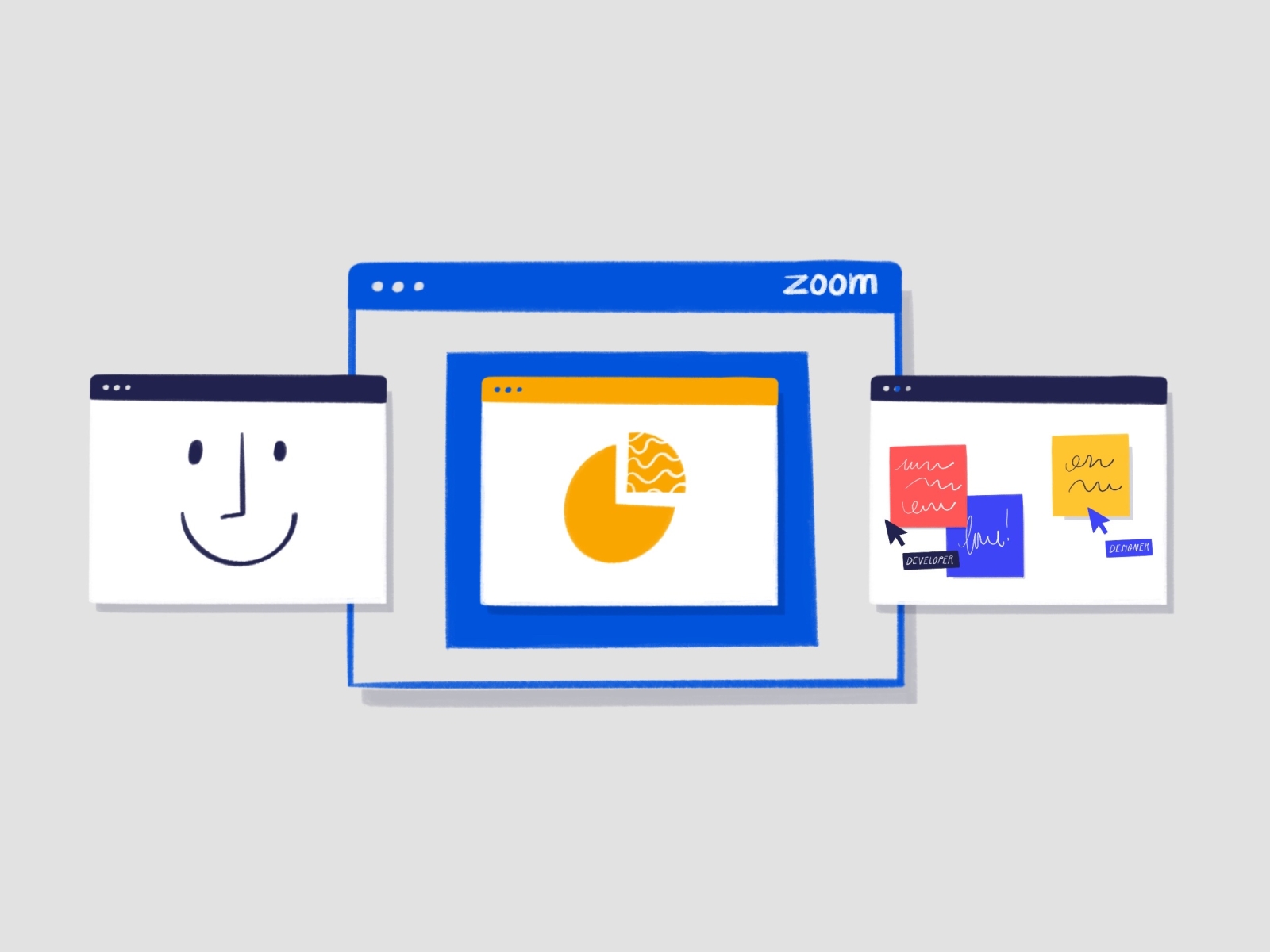
ZOOM
What is it?
Zoom is a cloud-based video web-conferencing tool that can be used from any device.
Why Zoom?
It’s reliable
When facilitating a Remote Design Sprint, it is critical that the virtual boardroom we create via web-conferencing be reliable and foolproof.
We simply have not run into any lags & snags with Zoom, unlike some other tools we’ve tried that fail us — even with strong Wi-Fi at our disposal.
The controls are intuitive
Again, the UX of the tools we use need to be easy for participants to access, understand, and use independently.
This is key for having the participants be in a calm and creative mindset during the Remote Design Sprint.
We can focus solely on the Miro board
A great feature of Zoom is the ability to have the facilitator share just the Miro canvas, without the distractions of other applications or the worry of sharing messy desktops. That focused workspace actually mirrors the intent behind the traditional Design Sprint boardroom.
It makes the user testing a breeze
By having our test users review prototypes on Zoom in real time, all Design Sprint participants can watch the sessions and add notes to the Miro board asynchronously.
Bonus: all the sessions can be recorded so it’s easy to go back and review as a team as needed (for those of us who like double-checking we caught every nuance of an interview).
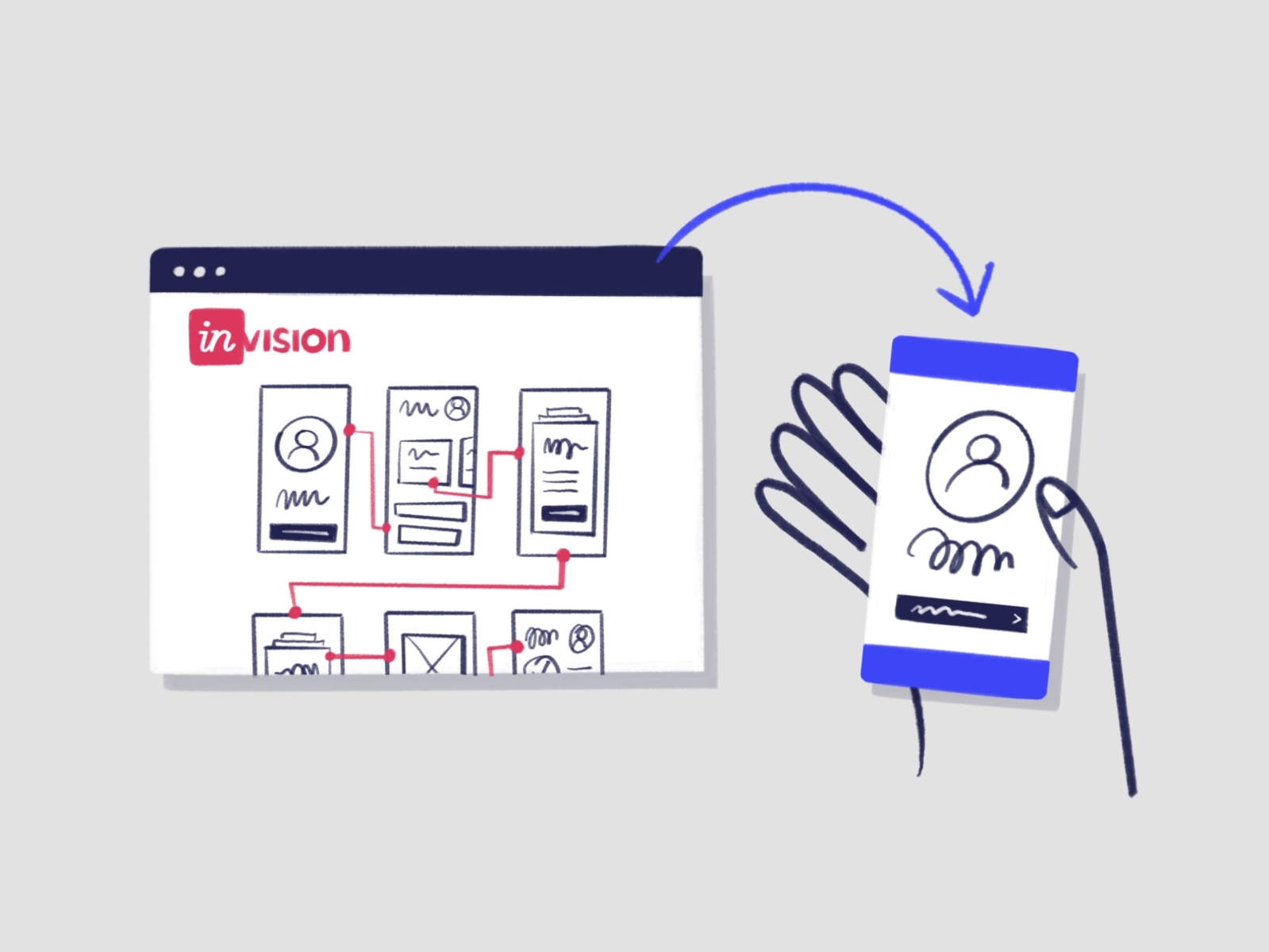
INVISION
What is it?
A cloud-based tool that enables rich prototype creation that mirrors the polish of actual applications & more.
Why Invision?
It’s already part of the designer’s toolkit
Though the Sprint book suggests Keynote as a tool to quickly build realistic prototypes, we find that the UI/UX designers who are responsible for building out the product screens to be tested never use Keynote in real life when designing.
As InVision is part of most designers’ toolkits already, there is no learning curve required that can take precious time away from the actual designing of the prototype to be tested.
It’s easily shared
When Friday arrives, and it’s time to put the prototypes in front of real users for feedback, it’s key that the testers understand what they are receiving and how to open it. InVision makes opening and observing prototypes extremely intuitive for the tester.
Once again, it eliminates frustration with the tool being used. This allows testers to focus on prototype feedback.
Conclusion
Though in-person Design Sprints are wonderful, sometimes they simply aren’t feasible.
We are fortunate that there are brilliant and reliable cloud-based tools available that allow anyone to participate in a Design Sprint remotely & easily.
At Blue Label Labs we believe in using the most sophisticated tools on the market to leverage our successes and deliver the best product possible. The demand for support of remote work grows, so will the need for smoothly run Remote Design Sprints.
We love being a part of the discussion on the future of work, and hope that our learnings around Remote Design Sprints help other facilitators & agencies offer similar support for remote workers and teams worldwide.
Illustrations by Mick Champayne.
